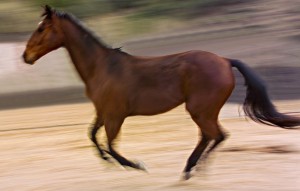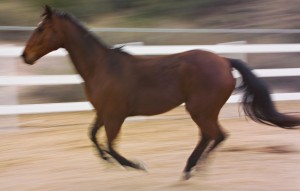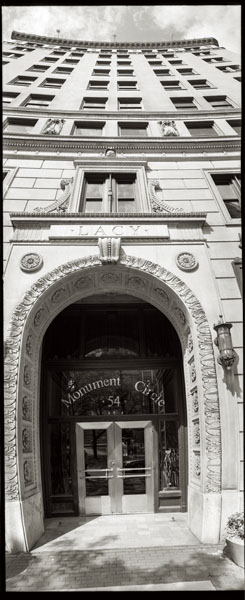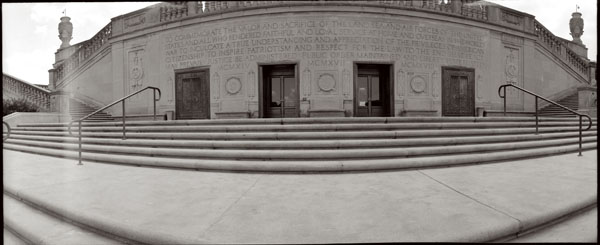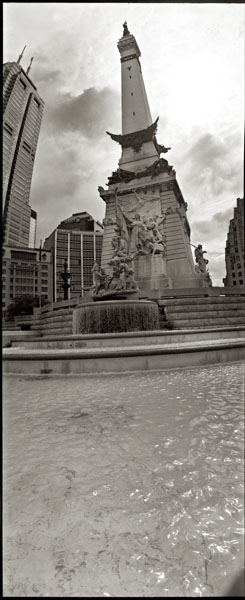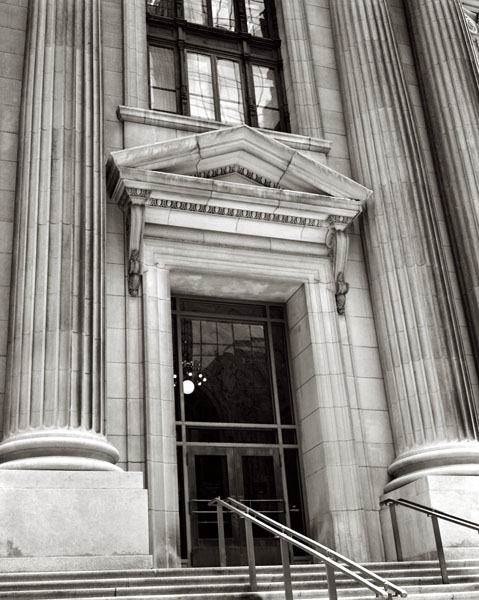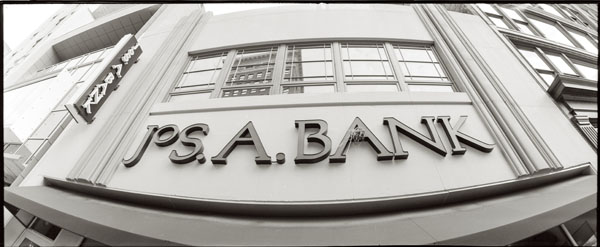My books and my classes give me a reason to keep doing this blog. If you’re in Indiana I hope you’ll consider taking my Portfolio Workshop. You can see a little more information about this workshop if you check out this blog post . I’ve listed my BetterPhoto classes at the end of this post. Thanks so much for your attention.
My relationship with post-production has evolved over the years. When I first started capturing images with a digital back (a leaf DCB II) I was suspicious of Photoshop. I’d been working with transparency film for years, and with transparency film if you didn’t get the image just right in camera then it was never going to be right. It took me a while to understand that making good images didn’t stop when you pressed the button. I’ve been buying updates of Photoshop since version 3 or 4, but I don’t think I’ve ever been an expert user. Photoshop requires practice and regular use to achieve mastery. I’m quite good at the things I do regularly, practice will do that, but there are things I don’t do very often or at all. In addition Photoshop requires some hand skills that I never seem to get good at. Finally all post-production work takes time. Sometimes I’d rather do other things than spend hours retouching.
Fortunately there are companies that will do handle some of this for me. I’ve been sending out some retouching to Deepetch.com. There are many companies that do this work, but Deepetch came to me for some content for their site when they were starting out. I came to understand that post-production is like lab work was when I shot transparencies: yes I can do it, but others do it better and cheaper. I’m attaching a couple of before and after shots that Deepetch worked on for me. These images were just placed on the updated web site. Right now I’m usually sending Deepetch images for clipping paths and retouching, but they do provide other services. By the way Deepetch hasn’t asked for this blog post, I just wanted it to post it. You can send me any thoughts you have about retouching. You can always send at e-mail to john@siskinphoto.com
240Z: Adjusted the color. Smoothed out the light on the side of the car. Darkened the ground in front of the car.
Atlanta Airport, New Terminal: Removed crane, porta-potties and exit sign.
Horse: Removed the fence and sharpening.
This site now has 695 subscribers, and more join everyday! Frankly I don’t know why since nobody posts. If you have any thoughts about this blog please let me know. I appreciate your membership. Of course there are other ways of improving your photograsphs, like taking a BetterPhoto course. Here are the three I teach, perhaps you’d like to take another one or share them with a friend.
An Introduction to Photographic Lighting
Portrait Lighting on Location and in the Studio
Getting Started in Commercial Photography
One other note about BetterPhoto: I’ve been in the habit of sending out a private note to all my former students at BetterPhoto (Almost a thousand people!) each month. There’s some sort of hang up in the e-mail system for this so, for a while anyway, I won’t be sending that note. I hope no one is too disappointed.
Thanks, John






